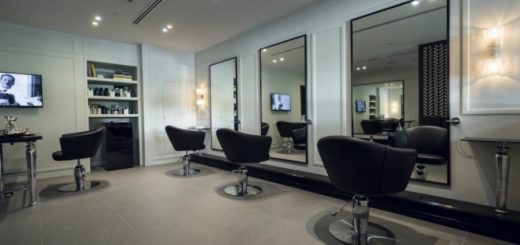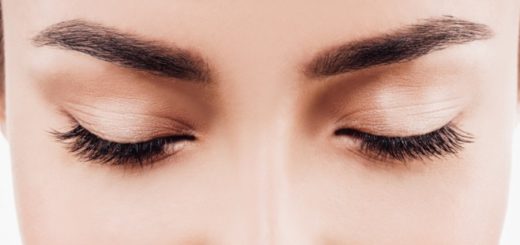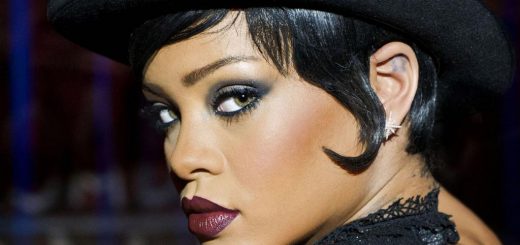4 Things To Know About Workplace Hair Discrimination
Despite the specific laws and regulations across the United States that prohibit discrimination in the workplace, many employees still experience an unfair treatment that rests on certain characteristics. This is where hair discrimination enters the picture. Generally, hair discrimination happens when an employer implements a hair and grooming policy that promotes unequal treatment of employees based on their hair types. This type of discrimination significantly affects Black Americans and other minorities because of their natural hair, which isn’t straight nor colored.

Specifically, hair discrimination is based on the notion that having straight hair is more acceptable since it’s clean, neat, and professional-looking. That said, many employers have established grooming standards that call for employees to present themselves in a particular way to customers. The issue arises as a result of the fact that these policies tend to discriminate against employees with curly or textured hair types. And sadly, this is not a new concept as US laws have discriminated black hair since 1700s.
However, for employees who are unfamiliar with this, below are the four things you need to know about workplace hair discrimination:
1. Hair Discrimination Can Be Associated With Race Discrimination
It’s important to know that hair can be considered a determining characteristic of an individual’s race. As a result, any discrimination directed at your hair can also be regarded as a form of racism. For this reason, many states have started to enact laws designed to forbid a hostile work environment.
Employers who are found to be discriminating against employees based on their hair types may be held liable according to their state laws. Some states that illegalize hair discrimination in the workplace include California, New York, New Jersey, Pennsylvania, Texas, and Virginia.
2. CROWN Act Protects Employees From Hair Discrimination
As mentioned above, many states have adopted laws that protect Black people and those with textured hair types against discrimination, especially at work. One of these laws is called the CROWN (Create a Respectful and Open World for Natural Hair) Act. It aims to prohibit discrimination based on hair types and textures by requiring employers to review their grooming and hair policies that may have an effect on Black Americans.
So, employers whose state is covered by the provisions of the CROWN Act should comply with the rules and regulations regarding workplace hair discrimination. Otherwise, they may get into huge legal trouble when they commit the following examples of hair discrimination:
- Implementing a grooming policy that forbids longer hair, which, in effect, affects Black people and other minority groups.
- Having a grooming policy that bans braids, twists, Bantu knots, and other hairstyles which are associated with Black Americans.
- Carrying out a grooming policy that forces employees to use chemicals and other methods to change their hair’s textures to comply with the company’s standards on appearance.
3. Victims Of Hair Discrimination May File A Workplace Discrimination Claim
Given the laws associated with hair discrimination, victims of this unacceptable act may avail themselves of legal recourse. Since workers have the right not to be discriminated against because of their physical characteristics, including their hair types.
That said, anyone who has been a victim of hair discrimination in their workplace may file a workplace discrimination claim against the erring employer. It’s usually submitted to the federal Equal Employment Opportunity Commission (EEOC) or other regulatory bodies that recognize anti-discrimination laws.
But an affected employee may consider talking to a good lawyer to know what course of action suits their situation. The legal professional will assess the circumstances of their case and deal with the claim on their behalf.
4. Victims Of Hair Discrimination May Avail Of Some Corrective Measures
Suppose the EEOC or the regulatory body authorized to hear and decide workplace discrimination claims find the erring employer guilty of a discriminatory practice. In that case, the victims may then avail themselves of remedies or corrective measures. For example, the employer involved will be mandated to stop their discriminatory practices to prevent future cases of workplace discrimination. They must also pay the affected employee’s lawyer fees and other court expenses. However, if the employer is guilty of malicious discriminatory practices, the court may award punitive damages to the employee.
On the other hand, an employee who has been denied promotion may be placed in the promoted position and receive the necessary benefits. Also, if that employee has been terminated due to a specific hairstyle, they may request reinstatement in their previous job position. All these are available remedies for employees who are victims of workplace hair discrimination.
Conclusion
Facing workplace hair discrimination can be frustrating, primarily when it affects an employee’s work performance and morale. Fortunately, by keeping the information mentioned above in mind, employees will know how to protect themselves against hair discrimination and ensure a healthy work environment for themselves.




